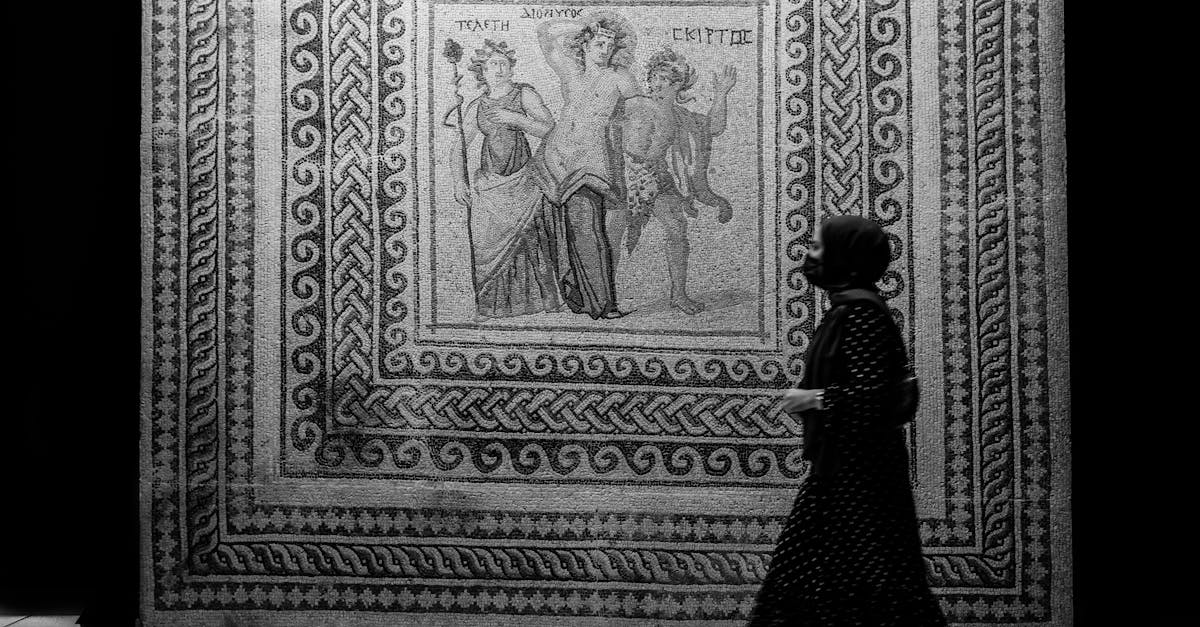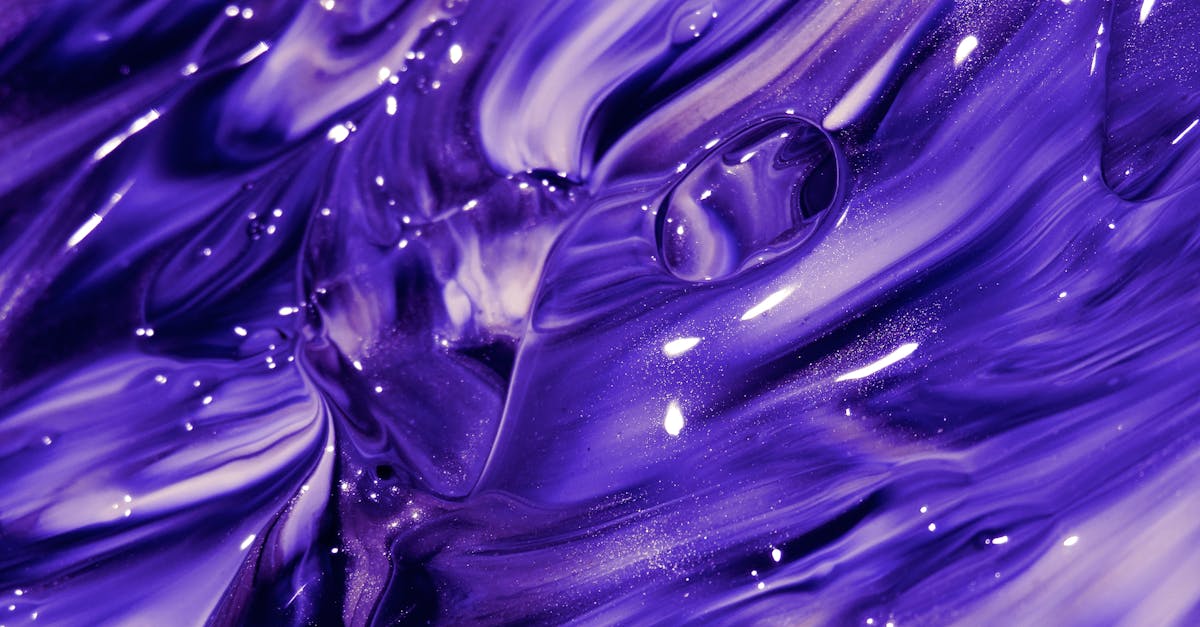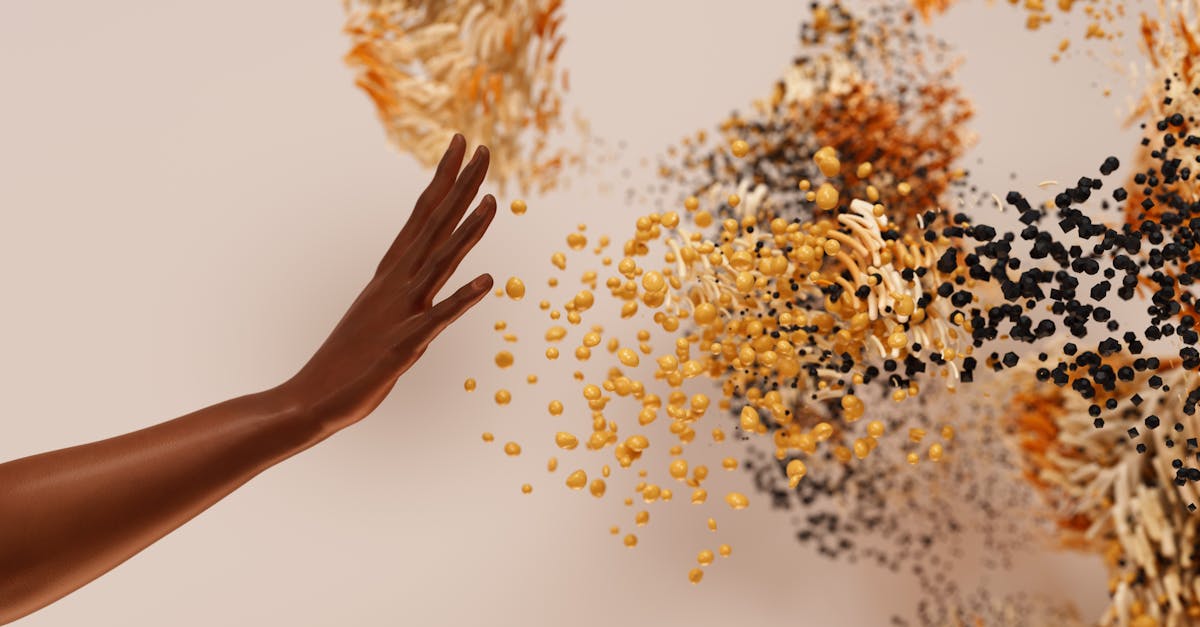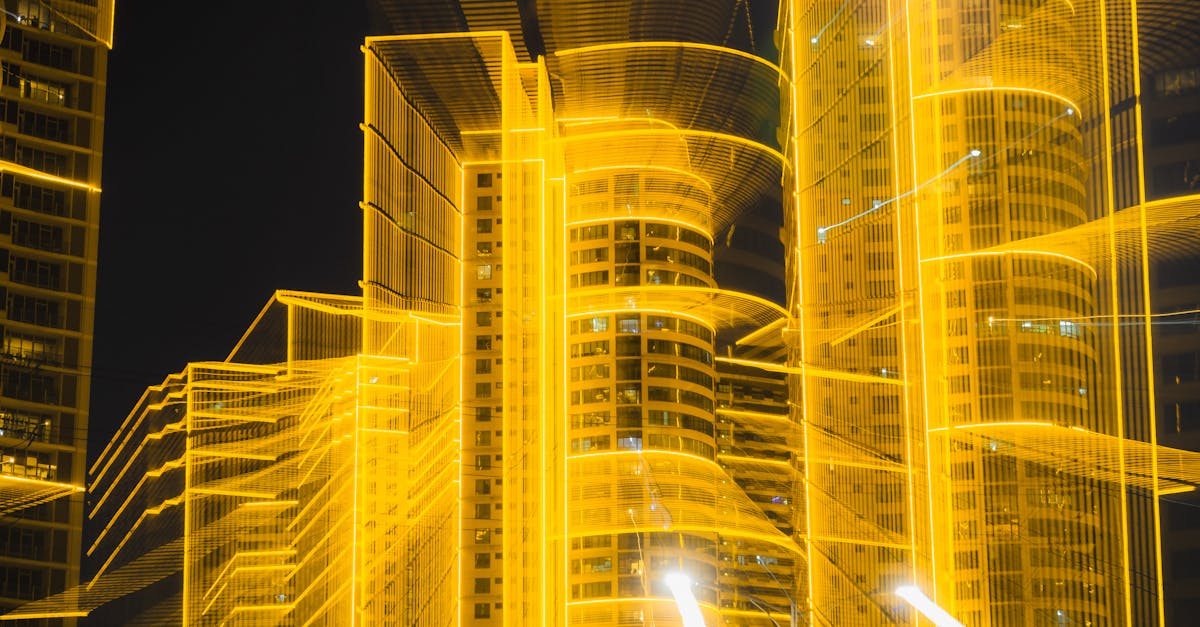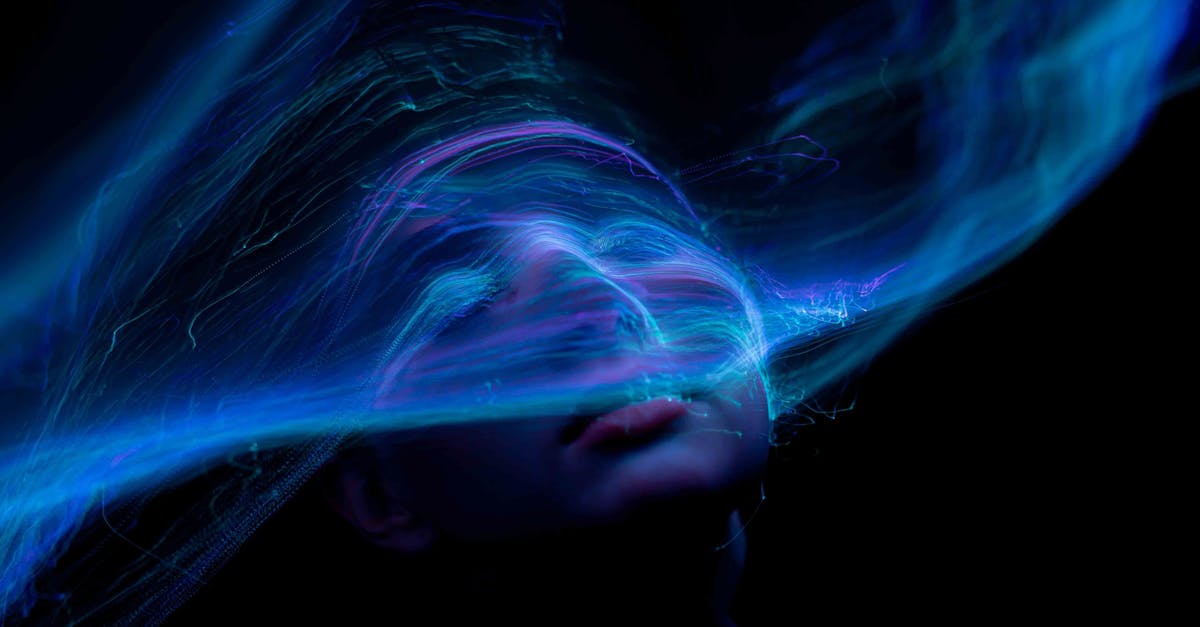Envisioning Tomorrows Aesthetic
Introduction
In a world that's constantly evolving, envisioning tomorrow's aesthetic is both a challenge and an opportunity. As we stand on the brink of technological and environmental advancements, the concept of beauty is being redefined. Artists, architects, and designers are exploring new paradigms by blending tradition with innovative possibilities. This creative synthesis is reshaping not only our visual landscapes but also how we interact with them intimately. What will the future hold for aesthetic expression? How will technology and sustainability influence design? This article delves into these questions, offering insights into the imaginative shifts expected in the world of aesthetics.
Advertisement
Bridging Tradition and Innovation
As aesthetics transition into the contemporary sphere, there's a significant movement toward bridging the gap between age-old traditions and modern innovation. Traditional art forms are being revisited and reimagined through digital mediums, creating a harmonious blend between the past and the future. Skills that were once passed down through generations are now being taught using advanced tools, preserving cultural heritage while embracing new artistic expressions. This fusion not only enriches the art itself but offers a broader spectrum of aesthetic experiences for audiences worldwide. As a result, viewers are afforded the rare opportunity to see timeless tales told with modern flair.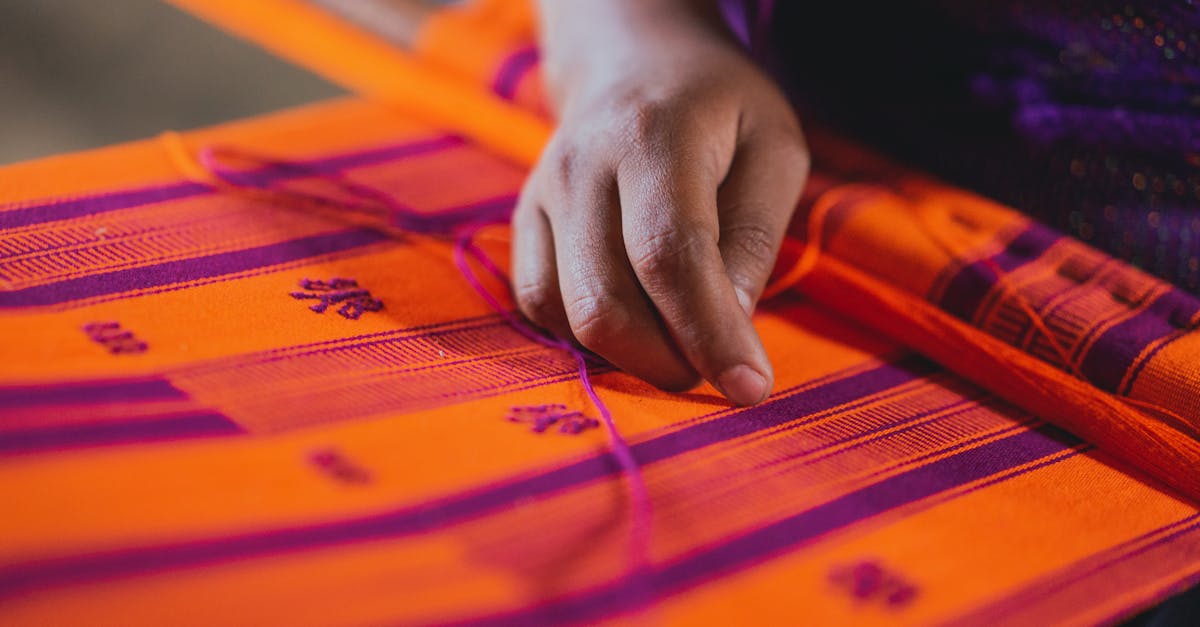
Advertisement
The Role of Technology
Technology plays a starring role in reshaping aesthetic perceptions and expressions. New advancements in artificial intelligence and virtual reality are allowing creators to generate visuals and experiences that were previously unimaginable. Artists can now craft immersive environments where audiences not only see art but interact with it. 3D printing, for instance, enables designers to materialize intricate artworks and architecture directly from digital blueprints, bridging the divide between concept and finish. These tools broaden the canvas for artistic exploration, allowing visions of tomorrow’s aesthetic to become tangible today.
Advertisement
Sustainability as a Core tenet
Sustainability is no longer just a trend—it’s a fundamental principle in shaping future aesthetics. As ecological concerns heighten, artists and designers are compelled to consider the long-term impact of their creations. The shift toward eco-friendly materials is palpable, as is the focus on processes that minimize waste. Adaptive reuse through upcycling is gaining traction, turning discarded or forgotten objects into pieces of beauty. This commitment to environmental consciousness is steering aesthetic exploration toward resources that not only meet contemporary needs but safeguard the future of the planet.
Advertisement
Minimalism to Maximalism
While minimalism—aesthetic characterized by simple design—has long dominated modern design, there’s a rising interest in maximalism. In contrast, maximalism embraces abundance, employing bold colors, textures, and exaggeration. This transition marks a departure from restriction toward indulgence, where layered design elements add depth and complexity. The interplay between these two extremes is telling of a society that vacillates between craving tranquility and seeking vibrant expression. This duality ensures diverse options within the aesthetic landscape, making it possible for both approaches to coexist harmoniously.
Advertisement
Cultural Integration in Design
Cultural narratives deeply imbued in design are becoming quintessential in tomorrow's aesthetics. Globalization has exposed a diverse array of cultural aesthetics, each offering its own distinct perspective. By integrating cultural motifs and inspirations into design, creators offer a glimpse into unique worldviews, fostering greater inclusivity and understanding. This is visible in architecture that echoes cultural histories, fashion embracing ethnic patterns, and digital art bearing influences from around the globe. This intersection of cultures not only preserves diversity but enriches collective creative output.
Advertisement
The Return to Nature
In an increasingly urbanized world, there's a growing yearning to reconnect with nature. Artistic aesthetics that celebrate natural forms and organic patterns are experiencing a resurgence. The use of biophilic design principles ensures that natural elements are interwoven with human-centric structures, promoting well-being and reducing stress. Natural references in art and design are a conduit for nurturing a sense of belonging to the broader ecosystem. By mirroring natural beauty, designers contribute to environments that are both aesthetically appealing and deeply restorative.
Advertisement
Urban Spaces as Canvases
The future of aesthetic expression is finding a home in the urban landscape. A city’s sprawling walls, walkways, and public spaces serve as canvases for artistic dialogue. Vibrant street art, thoughtfully designed parks, and interactive sculptures contribute to community enrichment. This transformation of urban spaces into shared art galleries democratizes access to creative works, fostering engagement and inspiration. Moreover, the emphasis on creativity interwoven with daily life turns ordinary avenues into panoramic exhibits, allowing aesthetic appreciation to become an intrinsic part of urban living.
Advertisement
Art and the Digital Realm
The digital age has ushered in a revolution that is set to redefine aesthetic expression wholeheartedly. Social media platforms offer artists unprecedented avenues to reach a global audience. Digital art seamlessly melds with technology, facilitating creations that push traditional boundaries. NFTs (Non-Fungible Tokens) provide a novel way for artists to secure authenticity and ownership within the digital space. In essence, the virtual realm is emerging as a prolific venue for aesthetic evolution, challenging conventional definitions and expanding the reach of creative visions.
Advertisement
Conclusion
As we envision tomorrow's aesthetic, it is clear that a fusion of innovation, awareness, and reverence for nature will shape the creative expressions of the future. The dialogue between tradition and technology continues to craft narratives that speak to a diverse audience. Sustainable practices juxtaposed with vibrant artistic tendencies promise to revived the creative landscape dynamically. While today's creations hint at boundless possibilities, it is the imaginative capabilities of tomorrow's artists that will ultimately dictate the aesthetic trajectory. Together, these elements promise a future where aesthetics and innovation mesh seamlessly, creating vibrant legacies for future generations.
Advertisement

